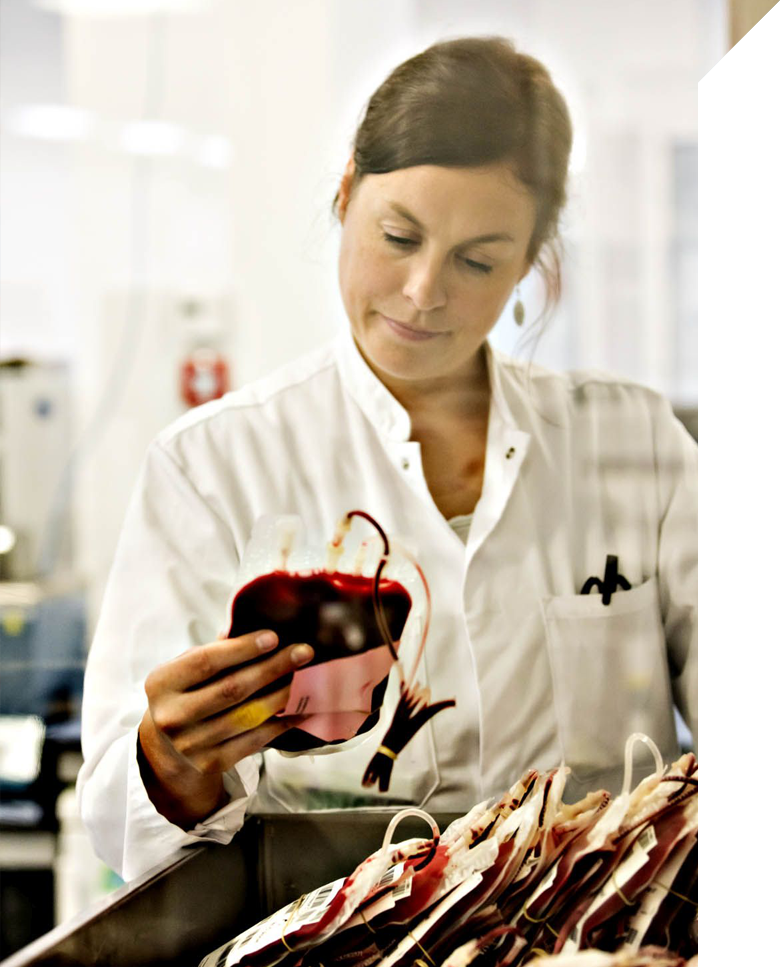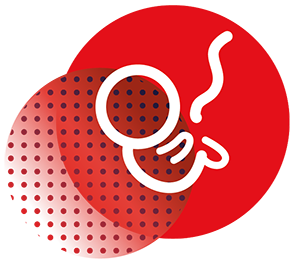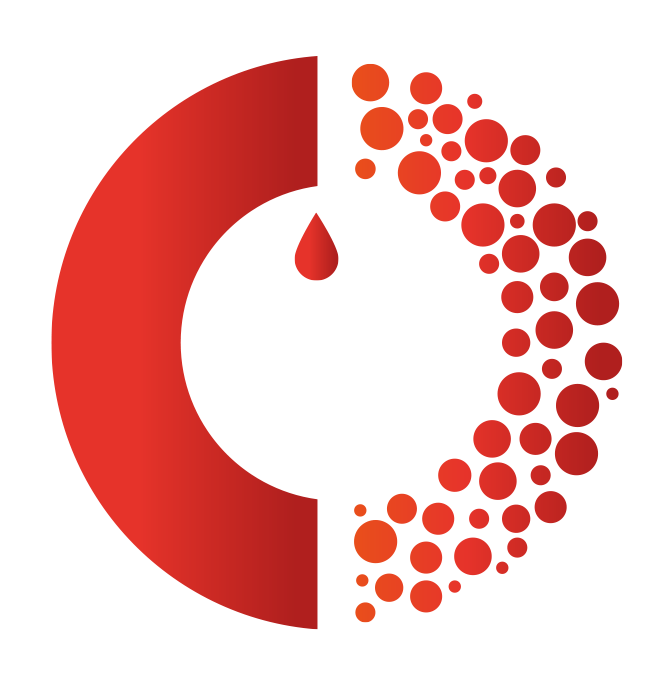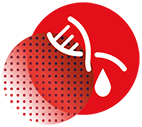

Patients with a hereditary or acquired hemostatic disorder are at risk for bleeding or thrombosis. Routine hemostasis tests in the clinical diagnostic laboratory are used for screening, diagnosis, monitoring of pro- or anticoagulant therapy and the management of blood transfusion products. In the non-acute care setting these tests aid in the risk stratification of patients.
However, assessment of the hemostatic balance of patients for the purpose of personalized bleeding risk prediction in the acute situation remains challenging.
Accurate assessment of the hemostatic balance is a prerequisite to ensure the safety of intervention strategies. Currently, both under- and overtreatment occurs in patients at risk for bleeding or thrombosis in an acute setting.
Potential causes are that clinically used tests are not always fast enough for implementation in an acute setting (ie. test result <60 minutes) and/or not available in all hospitals.
Moreover, given the extensive interplay between the different hemostatic processes, there is a need to apply diagnostics tests that evaluate the overall hemostatic potential, ie. so-called global tests. Clinically used tests only measure a specific aspect of hemostasis.
At Maastricht University Medical Centre, we have three decades of experience in development and implementation of fast global hemostasis tests, in particular thrombin generation, microfluidics and viscoelastic testing.
Our approach is to perpetuate and expand the relationship between fundamental and clinical research into the (pathophysiology) of platelets and coagulation proteins and the development, validation and improvement of current/new laboratory tests.
On the one hand by researching algorithms for hemostasis to diagnose and treat patients more (cost) effectively and faster (net clinical benefit).
On the other hand, by integrating the available basic, diagnostic and clinical knowledge about the functioning of platelets, coagulation proteins and associated diseases. The latter is unique.

Hereditary: von Willebrand disease & hemophilia A+B
Male patient with severe hemophilia A on emicizumab fell during cycling, is bleeding in the knee joint and arrives at the ER. He is immediately treated with recombinant FVIII.
What do we need from the diagnostic laboratory?
• Was the amount of recFVIII high enough to restore hemostatic balance and prevent further bleeding?
Acute bleeding: post partum hemorragie & trauma
A young woman has lost more than 1500 ml blood after spontaneous delivery a healthy boy and already received 4 red blood cell concentrates and 4 grams of fibrinogen.
What do we need from the diagnostic laboratory?
• Does she still have a coagulopathy?
• Does she need more coagulation factors or platelets to restore hemostatic balance?


Antithrombotic medication
A 70 years old male on apixaban arrives at the ER wit hall signs of ischaemic stroke. Thrombolysis within 4 hours can improve his outcome but is contra-indicated with clinical relevant levels of apixaban.
What do we need from the diagnostic laboratory?
• Is it save to start thrombolysis?
• Is there a hemostatic disbalance?
Surgery and trauma
A young woman has lost more than 1500 ml blood after spontaneous delivery a healthy boy and already received 4 red blood cell concentrates and 4 grams of fibrinogen.
What do we need from the diagnostic laboratory?
• Does she still have a coagulopathy?
• Does she need more coagulation factors or platelets to restore hemostatic balance?





